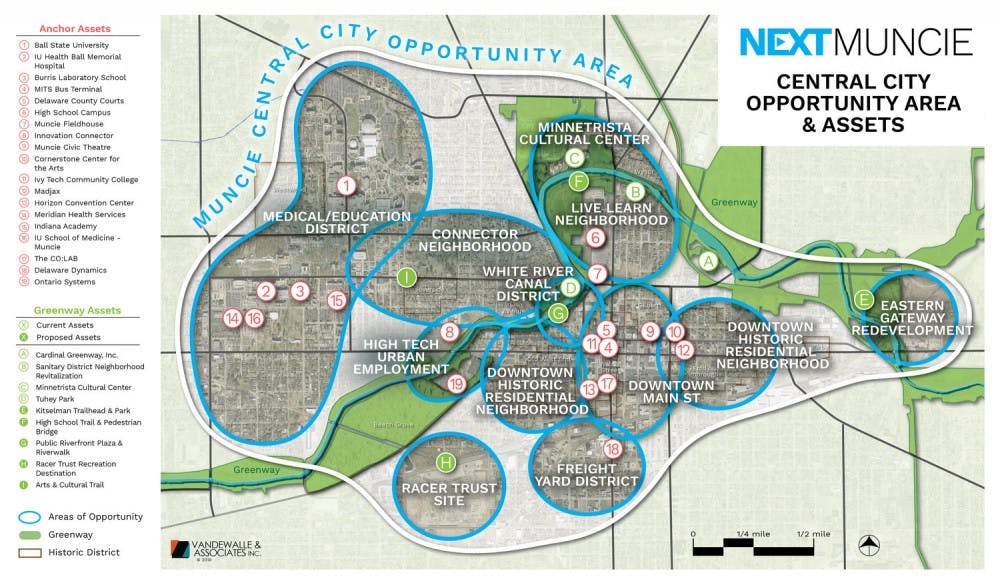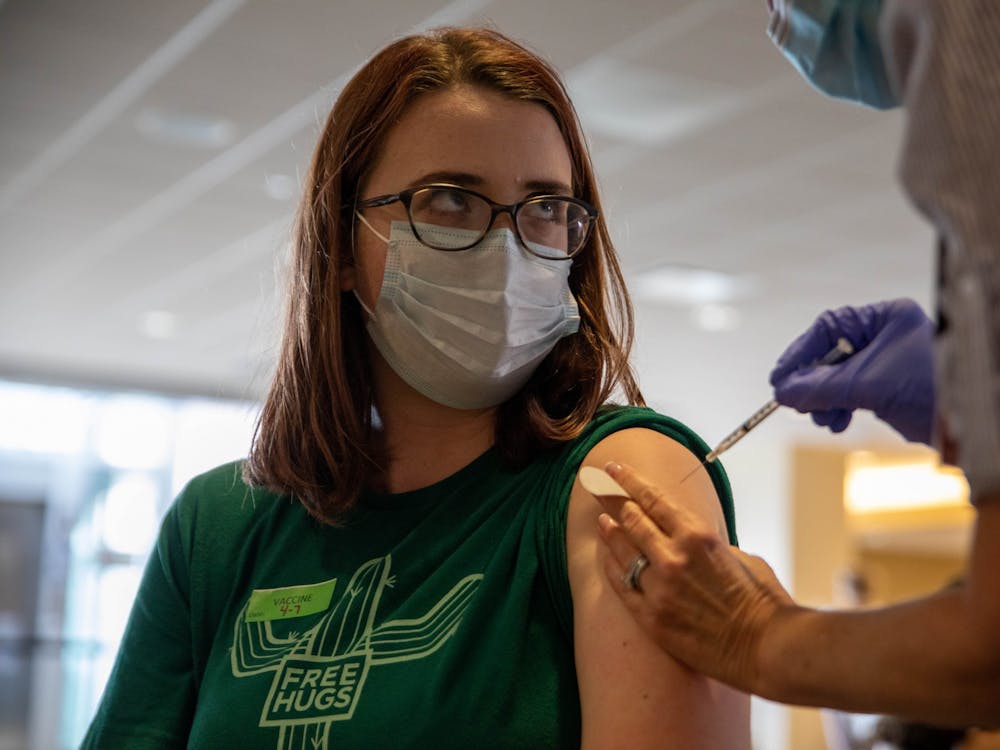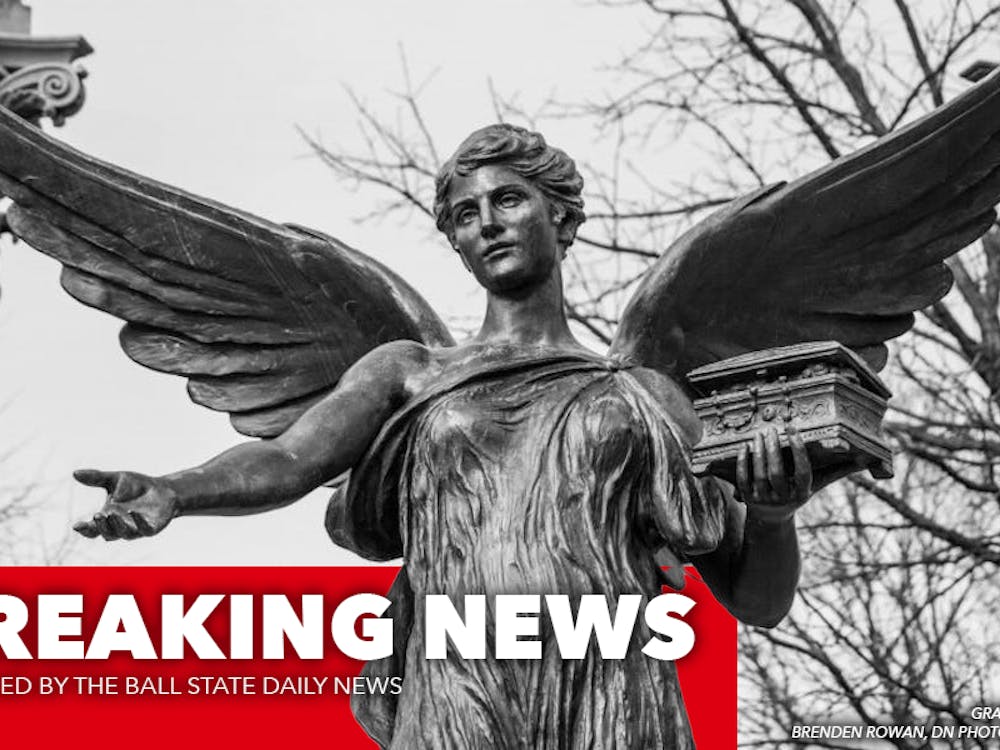With this decade coming to a close, Muncie officials head into the next one with plans in place to help make the central city area more livable and attractive for businesses.
Next Muncie is a “vision” aiming to “build lively places, foster healthy living and create new opportunities for learning and working,” according to the group’s website. Heading the vision is a group of 10 leaders from the city, including President Geoffrey Mearns and Jud Fisher, president and CEO of the Ball Brothers Foundation.
“The fundamental purpose of the Next Muncie group is to bring together individuals that have the capacity to influence the direction of the community,” Mearns said. “Next Muncie is not going to generate plans but rather try to identify areas of activity that are already underway by various groups in the community and helping to support them in whatever way we can.”
He said the team intends to be connectors, advocates and guides for the community and use members’ voices to provide access to additional resources like private, public and philanthropic investment to make the central city area of Muncie “increasingly vibrant and more attractive” to people.
“Next Muncie transcends politics. It's not just an economic development organization,” Fisher said. “What we're trying to do is bring the knowledge we have into the Next Muncie group.”
He said the foundation, having years of experience handling grants and working with nonprofits in the community, can help improve communication between the Next Muncie leadership team and nonprofits in the community.
“Communicating a lot of the projects that Next Muncie is trying to help leverage is super important to get to drill down and understand the reality of some of the different projects that are going on in the community,” Fisher said.
While the Ball Brothers Foundation works more closely with nonprofit-related projects in the community, Mearns spoke about the infrastructure-related projects that Next Muncie’s leadership focuses on.
One example, Mearns said, was the three proposals to improve hiking, biking and riding trails in Muncie as part of the $90 million Next Level Trails initiative — the largest infusion of state trail funding in Indiana’s history to develop “regionally and locally significant trails” in Indiana, according to the Indiana Department of Natural Resources’ website.
The three trails include the Central City Trail, Riverside-Jackson Trail and Prairie Creek Trail Phase 3.
“The whole idea is to try to raise [and] receive from the state $2-3 million to connect some of the assets that we already have that will be of benefit,” Mearns said, regarding the trails proposal.
While Muncie already has “a good trail network” that includes the Cardinal Greenway and the White River Greenway, Mearns said there are sections of those trails that aren’t necessarily connected. These projects are what he said helps connect the big networks in the community to the much broader region.
Speaking about improving the living spaces in the central city, Mearns said creating rich arts, culture, entertainment and recreation opportunities is what other regions are doing to improve the quality of life.
He gave examples of Bloomington, Indiana; Ann Arbor, Michigan; and Charlottesville, Virginia; as examples of “attractive” and “vibrant” places to go to school because of the restaurants, arts, culture and recreational opportunities available for students to enjoy.
Mearns also said having both good schools and more pedestrian, bike-friendly neighborhoods are complementary to each other.
“If you've got great public schools, but you don't have strong neighborhoods, people are going to move; they're not going to stay,” Mearns said. “Conversely, you can have great neighborhoods, but if you don't have strong public schools … you're going to see that those communities don't thrive.”
Next Muncie’s projects are focused on making central Muncie more attractive to young families by strengthening Muncie Community Schools, he said.
“Our desire, and our willingness to participate in this new partnership was a recognition that strong public schools are integral to a vibrant community,” Mearns said. “Partnering with the Muncie Community Schools is consistent with our institutional interest in fostering a more vibrant Muncie.”
Apart from other Muncie amenities, Fisher said K-12 and post-secondary schools in the community “are a real solidifying factor” in helping people decide whether to stay in or move out of the city.
Businesses wanting to move to an urban environment will help bring more white-collar jobs to downtown, give rise to secondary businesses and bring with them more residential opportunities, he said.
In a 2017 market research survey, Mearns said the No. 1 reason why prospective students said they wouldn't come to Ball State was because of Muncie.
“We believe that if we can continue to contribute to the vitality of Muncie, we'll change that perception among prospective students,” Mearns said. “We believe it will contribute to new enrollment, and we believe it will also contribute to positive retention.”
These investments in the Muncie community “are not short-term fixes,” Mearns said. The plan to transform MCS “will take us another year and a half to develop, and then I think many, many years to implement, before we start to see significant sustained improvement.”
Mearns said he hopes by the end of the next decade, Next Muncie actually starts seeing the real tangible signs of more activity downtown, residential opportunities and people visiting the city.
“We need to remain positive. We've been around for a long time and we've helped out the community in good times and bad,” Fisher said. “I think we just need to be responsible [and] responsive to the needs of the community.”
Julia Steele contributed to this story.
Contact Rohith Rao with comments at rprao@bsu.edu or on Twitter @RaoReports.





